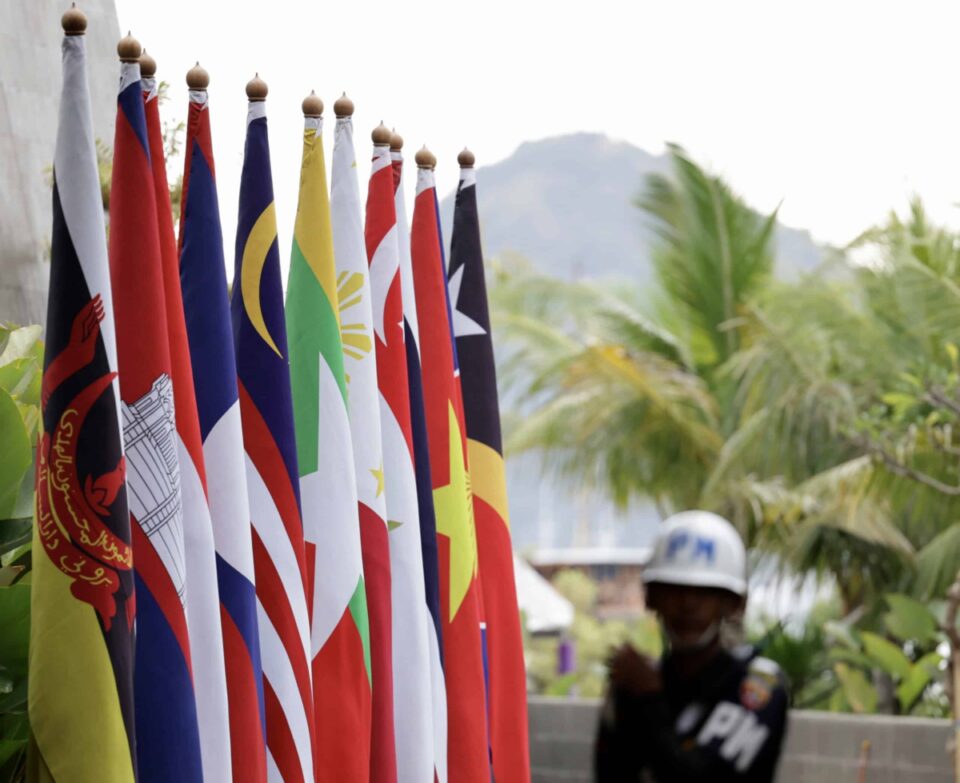KUALA LUMPUR, June 20 — The Asean-Six economies, comprising Malaysia, Singapore, Thailand, Indonesia, Philippines and Vietnam, are expected to grow at 4.2 per cent in 2023, outpacing the projected global gross domestic product (GDP) growth of 2.0 per cent.
Maybank Group president and chief executive (CEO) Datuk Khairussaleh Ramli said the growth, projected by its research team, showed that Asean’s strength is in its diversity, “celebrating a melting pot of culture whilst navigating differences in terms of political, economic and social systems.”
“There is another quality that aptly encapsulates the Asean spirit, and it is our resilience.
“Now that the Covid-19 pandemic is behind us, Asean is back and open for business, and is likely to remain a bright spot amidst intensifying headwinds as the region’s resilience is once more on display,” he said in his opening address at the hybrid Maybank Invest Asean 2023 today.
Themed ‘Asean Reboot: Reimagining The Future’, the two-day event is being held in Singapore from June 20-21, 2023.
With a combined population of over 660 million and a collective GDP of almost US$3.66 trillion in 2022, he noted that Asean ranks as the third largest regional economy in Asia and the fifth largest economy in the world, after the US, China, Japan and Germany.
Foreign direct investment (FDI) inflows to Asean rebounded in 2021 to US$174 billion, a 42 per cent increase from the previous year, reflecting the attractiveness of the region’s economy for global investors.
Khairussaleh said Asean’s resilience was evident in portfolio fund flows.
“Even when foreign investors pulled out of equities last year, there was a sufficiently deep domestic investor base in the region to absorb the volatility,” he noted. Another area of optimism for the region’s economy is on digitalisation, particularly in the financial services sector.
“The digital economy currently accounts for only 7.0 per cent of Asean’s GDP, compared to 35 per cent in the US and 16 per cent in China. We still have a lot of room to grow,” he added. However, Asean “must consider the fact that it is experiencing a slowing global economy, driven by inflationary pressures and geo-politic and geo-economic fragmentation.”
He also said that the term “trade war” is no longer complete without including “technology,” which is now at the centre of the conflict between the US and China.
This “tech war” is expected to continue with restrictions on bilateral trade and investment over related industries such as semiconductors, batteries and key minerals and materials.
“The impact of this tech war on Asean is two-pronged. Firstly, the US and China are the largest export destinations for most Asean countries, and therefore there are far-reaching regional supply chain implications. On the other hand, the supply chain disruption and the ongoing US-China standoff have turned into a silver lining for our region.
“Asean states have benefitted from the increasing popularity of the so-called ‘China+1’ approach to global procurement. So we must explore opportunities to improve trade and investment flows into this region,” he added.
— Bernama





